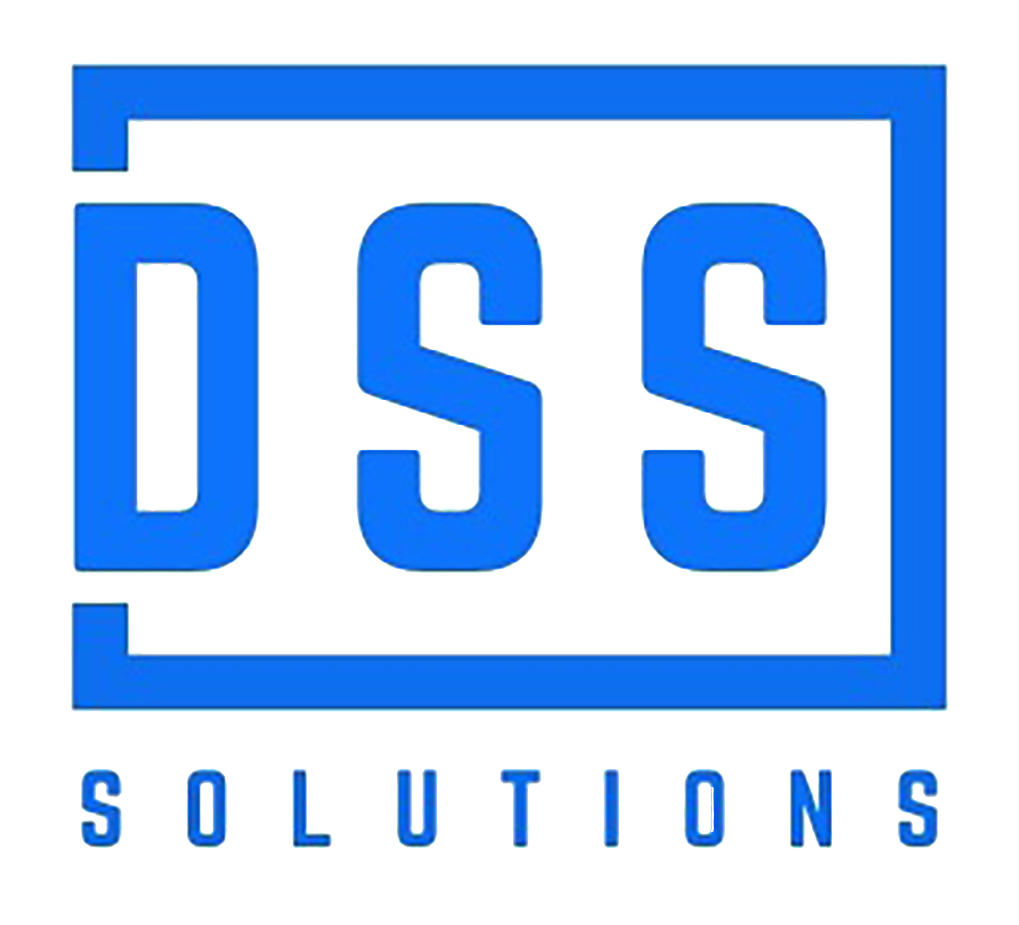SOLUTIONS & SERVICES
OCIP/CCIP INSURANCE POLICY ADMINISTRATION
OCIP/CCIP Insurance Policy Administration
An Owner Controlled Insurance Program (OCIP) / Contractor Controlled Insurance Program (CCIP) or “wrap-up program” is a coordinated insurance program for construction projects. An OCIP, unlike traditional construction insurance coverage, provides eligible participants of a construction project with general liability coverage under one policy.
OCIP / CCIP Key Features
- Under one master policy, an OCIP / CCIP covers commercial general liability and/or workers’ compensation insurance for all enrolled participants associated with a specified project.
- Participants generally include all enrolled contractors and subcontractors of every tier involved with on-site project construction.
- An OCIP / CCIP does not cover vendors, suppliers or material dealers and may also exclude contractors who handle hazardous materials such as asbestos and hazardous waste.
- Decision making control rests with the purchaser (who is often the project owner but can also be the general contractor).
- Architects and engineers are often included as participants, but not for professional liability.
- An OCIP / CCIP covers the life of the project, plus an extended completed operations’ period.
OCIP / CCIP Advantages
- Provides uniform coverage and limits of liability for all participants.
- Eliminates owner concern that individual contractors or subcontractors may not be adequately covered.
- Enables the owner to consolidate the insurance policies they will rely on in the future into one uniform, broad program.
- Enables owners and contractors to mount a stronger, single-entity defense in construction defect lawsuits. Rather than many lawyers and many insurance carriers who may be manipulated into settling a lawsuit at inflated costs, an OCIP uses one insurance company and one legal firm to handle the claim.
- Since there is no coverage for cross claims, there is less incentive for plaintiffs’ attorneys to create infighting amongst the participants.
Insurance Certificate Tracking
Tracking insurance certificates of those involved in a construction project is an important part of a risk management strategy for a construction project. By properly tracking these insurance certificates, the construction company can help lower the risk for the owner of the construction project.
INSURANCE CERTIFICATE TRACKING
CONSTRUCTION DEFECT MANAGEMENT
Construction Defect Management
Construction defect management is the process of identifying, addressing, and preventing defects in construction projects. These defects can range from minor issues, such as a crack in a wall, to major problems, such as a failure of the foundation.
Construction Site Inspections
Inspections of construction sites for quality assurance are periodic checks of the construction process to ensure that the work is being done in accordance with the project’s specifications and standards. These inspections are typically conducted by independent third-party inspectors, who are trained to identify potential problems and assess the overall quality of the work.
CONSTRUCTION SITE INSPECTIONS
Building Plan Review
Building Plan Review
Building plan reviews are a critical step in ensuring the smooth and compliant construction process. Our qualified professionals meticulously analyze the plans against relevant building codes, zoning regulations, and industry standards. Identified inconsistencies or potential violations are flagged, prompting revisions to the plans before construction commences. This meticulous review process helps prevent costly delays due to non-compliance issues and safeguards the overall quality and safety of the finished structure.
Construction Risk Assessment/Loss Control Services
Construction project risk assessment and loss control services are services that help identify and manage risks associated with a construction project. These risks can include things like accidents, delays, cost overruns, and other potential problems that could impact the project. By conducting a risk assessment, construction companies can identify the specific risks that are relevant to their project, and develop strategies to mitigate or manage those risks. This can help ensure that the project is completed on time and within budget and can also help protect the company from financial losses.
Construction Risk Assessment/Loss Control Services
CONSTRUCTION SITE SAFETY
Construction Site Safety
Insurance companies mandate jobsite inspections on construction sites to help ensure the safety of the workers and the general public, as well as to protect their own interests. These inspections allow the insurance company to assess the overall safety of the construction site and identify any potential hazards.
Property Condition Reports
The work product resulting from completing a PCA in accordance with ASTM E2018-08 is a Property Condition Report (PCR). The PCR incorporates the information obtained during the Walk-Through Survey, the Document Review and Interviews, and includes Opinions of Probable Costs for suggested remedies of the physical deficiencies identified.
PROPERTY CONDITION REPORTS
CONSTRUCTION DRAW INSPECTIONS
Construction Draw Inspections
A construction draw inspection is a process in which DSS reviews the progress of a construction project in order to verify that the work has been completed as specified in the construction loan agreement. These inspections are typically required by lenders as a condition of releasing funds, also known as “draws,” to the borrower to pay for the work.
Construction Project Information Gathering & Reporting
Construction project information gathering and reporting is the backbone of effective project management. It involves collecting crucial data throughout the project lifecycle. DSS will help gather and collect reports to ensure a smooth project completion.
